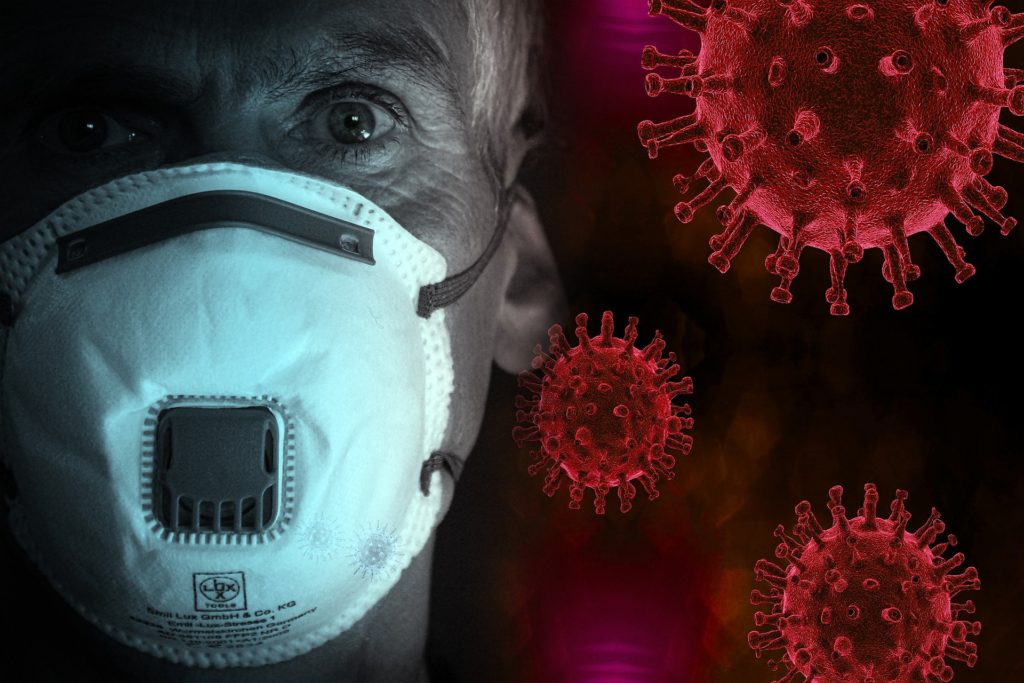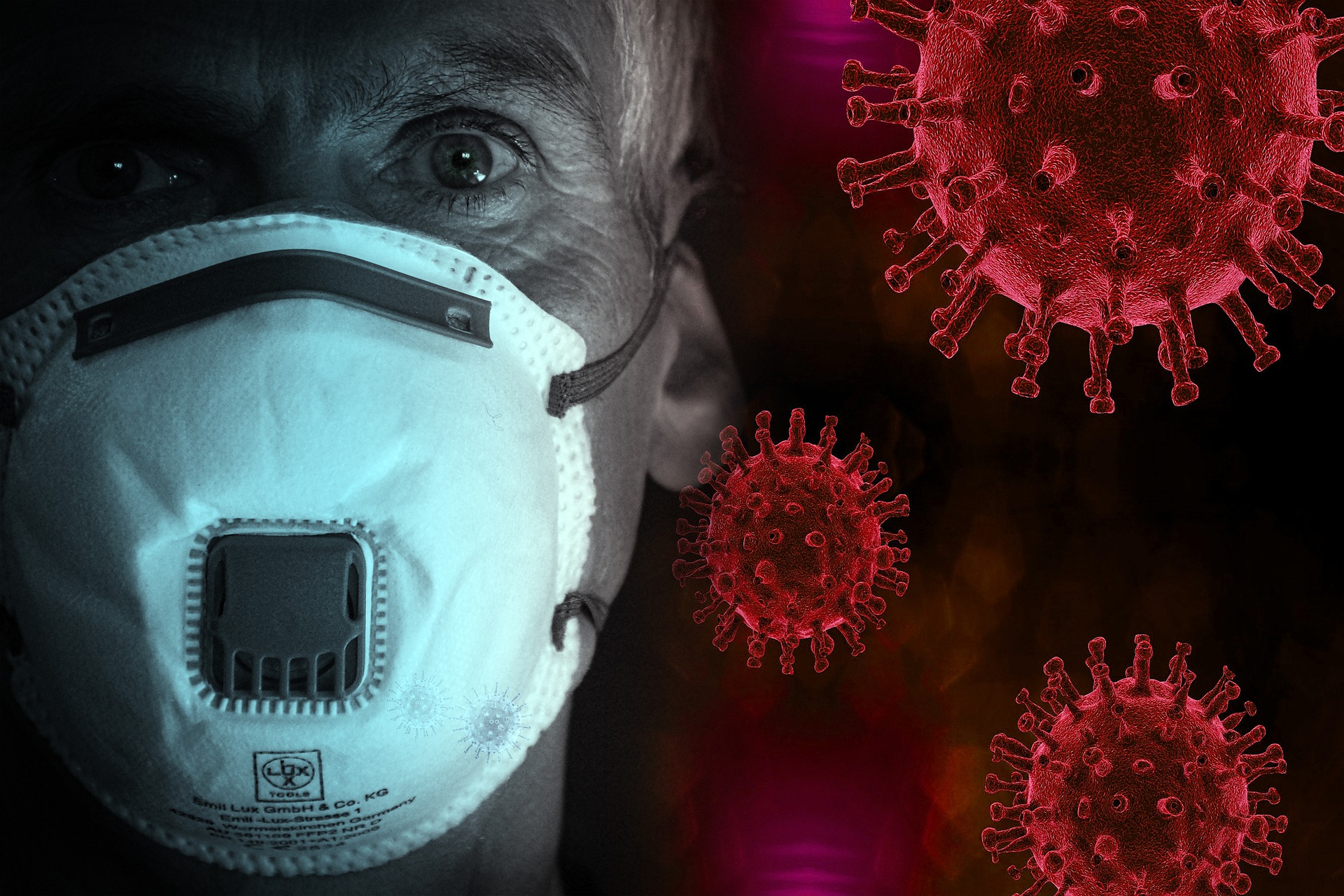
The World Health Organization announced on Thursday that coronavirus may remain in the air in crowded indoor spaces, spreading from one person to another.
The WHO did, however, mention that asymptomatic transmission was “very rare.”
“It is refreshing to see that WHO is now acknowledging that airborne transmission may occur, although it is clear that the evidence must clear a higher bar for this route compared to others,” – Linsey Marr, an aerosol expert at Virginia Tech
The aerosol, the respiratory droplet, is so small that it can remain in the air. In its most recent description of the spread of the virus, the WHO stated that these aerosols may have been responsible for “Outbreaks of COVID-19 reported in some closed settings, such as restaurants, nightclubs, places of worship or places of work where people may shout, talk or sing.”
The organization, however, noted that airborne spread is only a concern when health workers engage in certain medical procedures that produce aerosols. But evidence shows that the virus, in crowded indoor spaces, can stay up for hours and infect others, and even seed ‘superspreader events.’
WHO, although it still emphasizes the role of larger droplets that are coughed or inhaled, or by contact with the contaminated surface; fomite. WHO still maintains that “detailed investigations of these clusters suggest that the transmission of droplets and fomites could also explain human-to – human transmission.”
WHO emphasized the following:
- Avoid close contact with infected people
- Wash your hands often
- Avoid crowded places
- Prevent close-contact settings
- Avoid enclosed and confined spaces with poor ventilation
- Ensure proper ventilation
These suggestions are “what is needed to help slow transmission in communities,” Marr said.
Discussions are taking place on the relative contribution of airborne spread compared to transmission by droplets and surfaces. That question still skirts the new guidance.
“I interpret this as saying while it is reasonable to think it can happen, there’s no consistent evidence that it is happening often,” Bill Hanage, an epidemiologist at the Harvard T.H. Chan School of Public Health, said in an email.
While it’s proven to float in the air, we should also do our part to help flatten the curve. Let’s just stay at home.

Disclaimer
The content provided in this blog is for informational purposes only. The owner of this blog makes no representations as to the accuracy or the completeness of any information of this site or found by following any link on this site. The owner will not be liable for any errors or omissions in this information nor for the availability of this information. The owner will not be liable for any losses, injuries or any damages from the display or use of this information.



